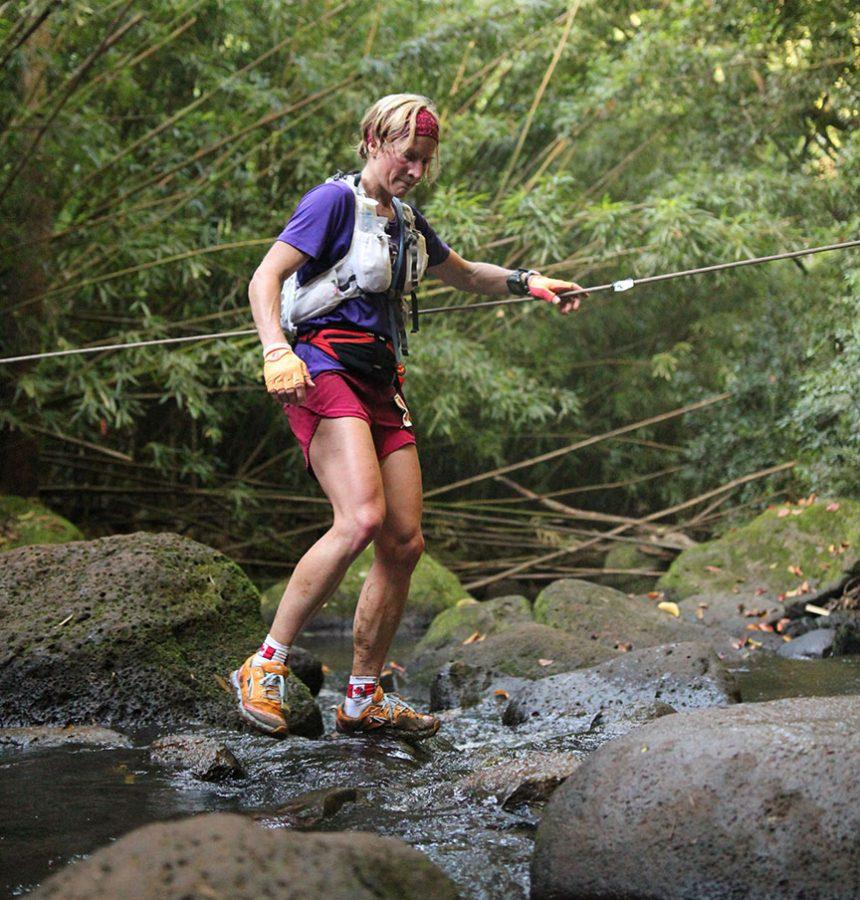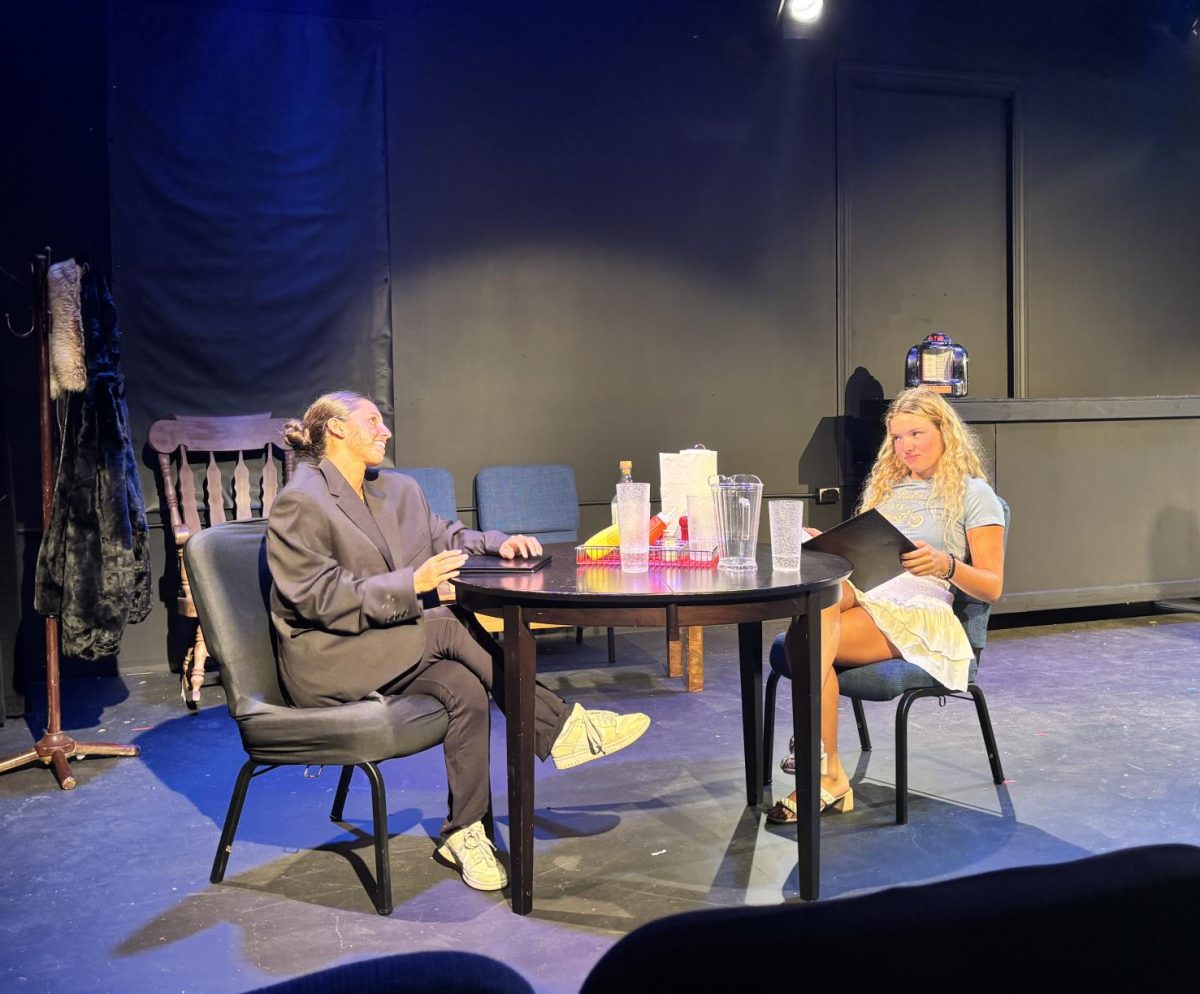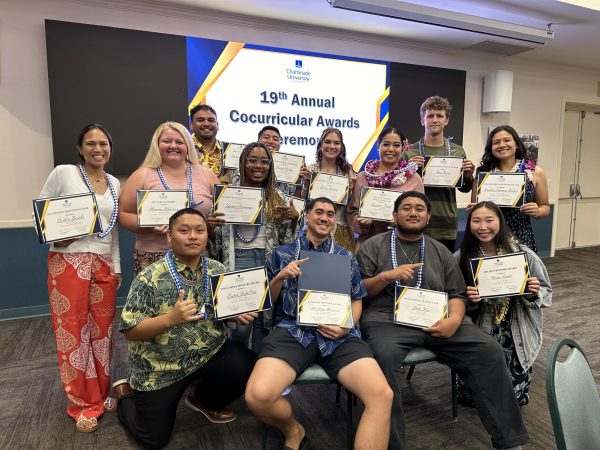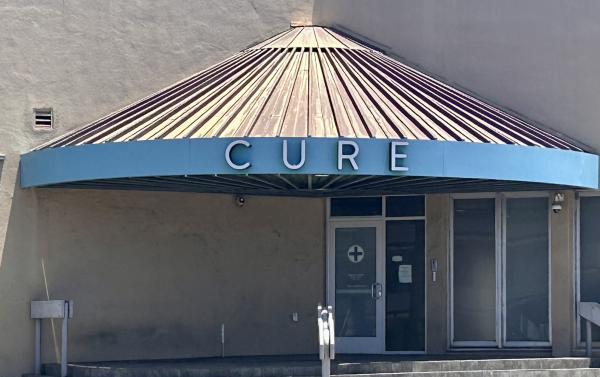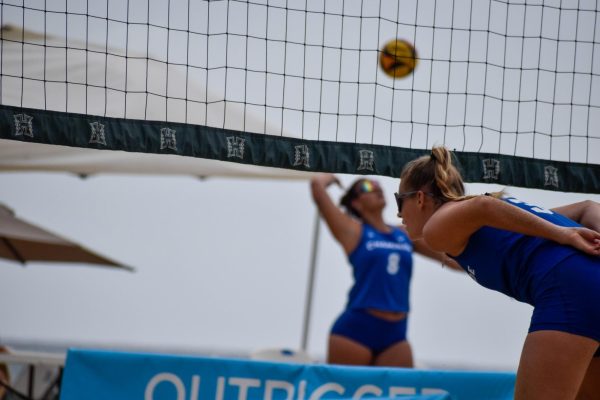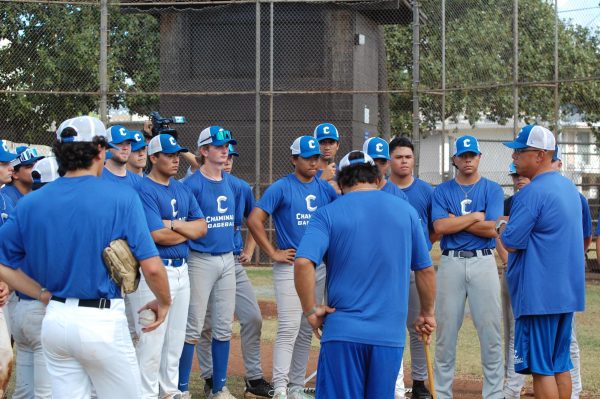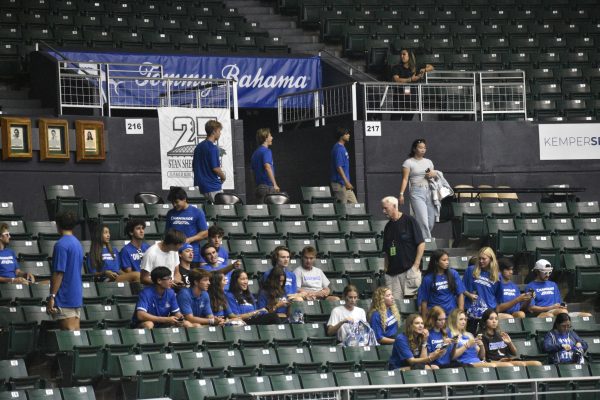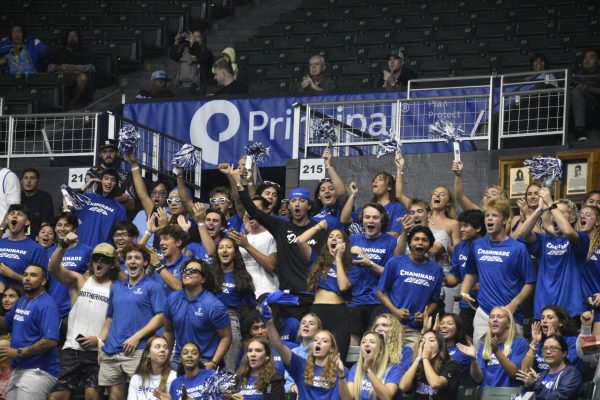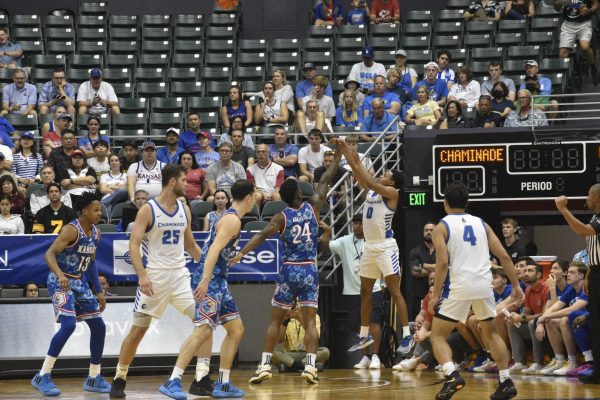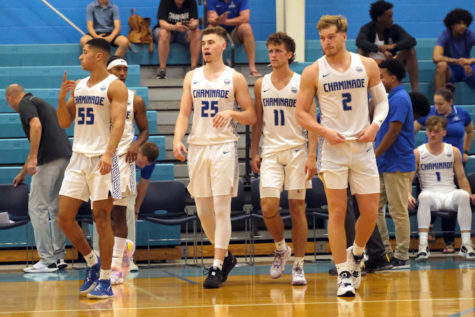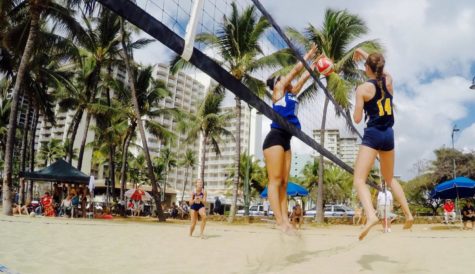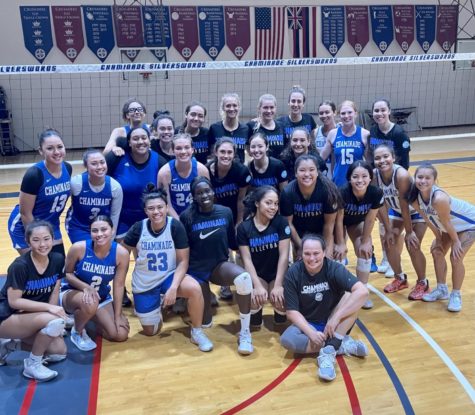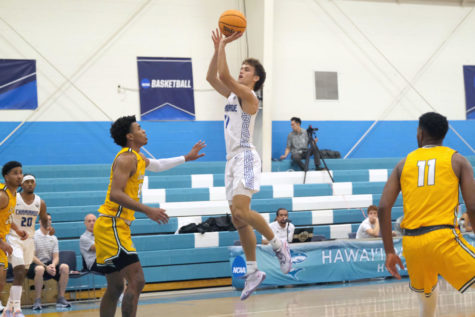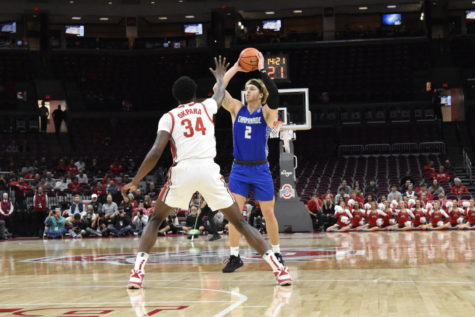Oahu’s HURT100 ultramarathon is ‘unique’ challenge
December 6, 2016
For many, a marathon (26.2 miles) is the farthest you can run and the ultimate test of ones endurance. For the few who seek something more, there are ultramarathons. The HURT trail run is a 100-mile ultramarathon on O‘ahu that winds through the Mānoa, Makiki, and Nu‘uanu Valleys. With an elevation range from 300 to 1,900 feet and a cumulative elevation gain of roughly 24,500 feet, the HURT100 is widely acknowledged as one of the most difficult races on Earth.
“When my wife and I started the HURT running club in 1982, there were only three 100-mile races in the U.S., and now there are over 130,” said race manager John Salmonson. “The HURT is one of the top three hardest races in the country … and what makes it so unique is the weather, the technical trail, and especially the elevation gain.”
Designed to push ultrarunners to their limit and beyond, the HURT trail is filled with challenging terrain and difficult obstacles throughout. Runners face exposed ridges, thick roots, jagged rocks, and steep vertical embankments. Inclines of up to 2 miles in length are common, and very few sections of the course can be run with a consistent stride for more than several hundred yards at a time.
The HURT100 is extremely exclusive as only 125 are selected to participate. Up to 15 runners are guaranteed entry, including: the first three finishers of each gender of the prior year’s HURT, three entrants with no 100-mile race finishes, three entrants with no prior HURT100 starts, and three entrants are selected at the discretion of the race directors. All remaining entrants will be chosen via lottery.
Local runner Alex Nunn is familiar with the lottery process as well as the course itself. Nunn, who will be competing in his fourth HURT100 this year, was chosen for his first back in 2012 but had to drop out at mile 47 due to a knee injury. In 2014 he finished in 3rd place with a time of 22 hours, 50 minutes and improved to 2nd place the following year with a time of 21:50. Although Nunn was unable to run in 2016 due to injury, he is now ready this year and hopes to improve on his time.
“It’s about balancing that line with injury,” Nunn said. “You want to push yourself and do the best you can, but at the same time you have to listen to your body.”
The course consists of five 20-mile laps, which are made up of three legs each. Leg 1 starts at the Hawai‘i Nature Center and goes to Paradise Park (the parking lot for the hike to Mānoa Falls). The second leg runs from Paradise Park to Nu‘uanu, nearly hitting the Pali Highway. And the third leg is from Nu‘uanu to the Nature Center.
“The loop course is unique because of the five laps,” Salmonson said. “When runners complete a lap they have the option to either stay in the comfort of the aid station where they started or continue into the forest, and most people quit.”
Since the first HURT100 in 2000, only about 29 percent of the runners have finished. This is one of the lowest completion rates of any ultramarathon in the U.S. as more than 70 percent of those who attempt the challenge, fail.
“You can either give into what is easy and quit,” Nunn said. “Or you can push through and do what you came there to do.”
Runners have 36 hours to finish the 100 miles. The 17th annual HURT takes place on Jan. 14 and will begin at 6 a.m. The cut-off time for the fifth and final lap (Miles 80-100) is noon on Sunday, Jan. 15.
Runners who finish the 100 miles are greeted with a sign that proudly boasts “We wouldn’t want it to be easy.”
